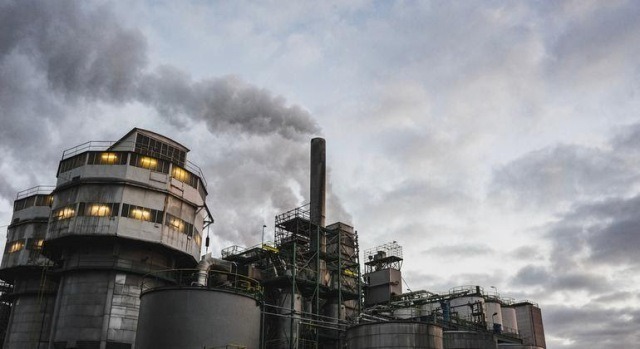The Canadian government has unveiled draft regulations aiming to reduce greenhouse gas emissions in the oil and gas sector by 35 percent below 2019 levels by 2030, as part of its climate commitment.
The oil and gas sector, Canada’s largest polluter, criticized the cap, arguing it would force a production cut and harm jobs and tax revenue. Alberta’s government stated it could reduce production by one million barrels daily by 2030, Reuters news report said.
The oil and gas sector in Canada achieved ten-fold increase in operating profits from $6.6 billion in 2019 to $66.6 billion in 2022. Despite that, there has been limited and declining investment in the oil and gas sector in Canada over the last several years.
The proposed regulations would establish a cap-and-trade system that is designed to recognize producers with better emission performance and motivate higher-polluting facilities to reinvest record profits into more pollution-reducing projects.
Canada said the oil and gas sector generated $209 billion in gross domestic product (GDP) and accounted for 25 percent of Canada’s exports (valued at $177 billion) in 2023. It is directly employing 181,800 people in 2023 in Canada.
The oil and gas sector is also Canada’s largest source of GHG pollution, responsible for 31 percent of Canada’s GHG emissions in 2022.
Decreasing emissions in the oil and gas sector by adding a cap on GHG pollution is necessary to ensure that the sector contributes its fair share to Canada’s efforts to tackle climate change and reach GHG emission reduction targets and international commitments under the Paris Agreement.
Federal Environment Minister Steven Guilbeault clarified the cap targets pollution, not production, and aims to push the sector to reinvest profits in decarbonization.
Ottawa projects only a slight GDP reduction of 0.1 percent, with oil and gas production still anticipated to grow 16 percent by 2030-2032 under the cap.
Producers must start reporting emissions by 2026, with the first compliance period from 2030 to 2032. Penalties will be developed for non-compliance.
The Conservative Party pledged to scrap the cap if they win the next federal election, framing it as harmful to Canada’s energy sector.
Environmental groups welcomed the draft but called for tighter measures, suggesting a 2030 cap implementation might be too late.
Public consultations on the draft regulations will occur from November 9 to January 8, with a finalized version expected by 2025.

